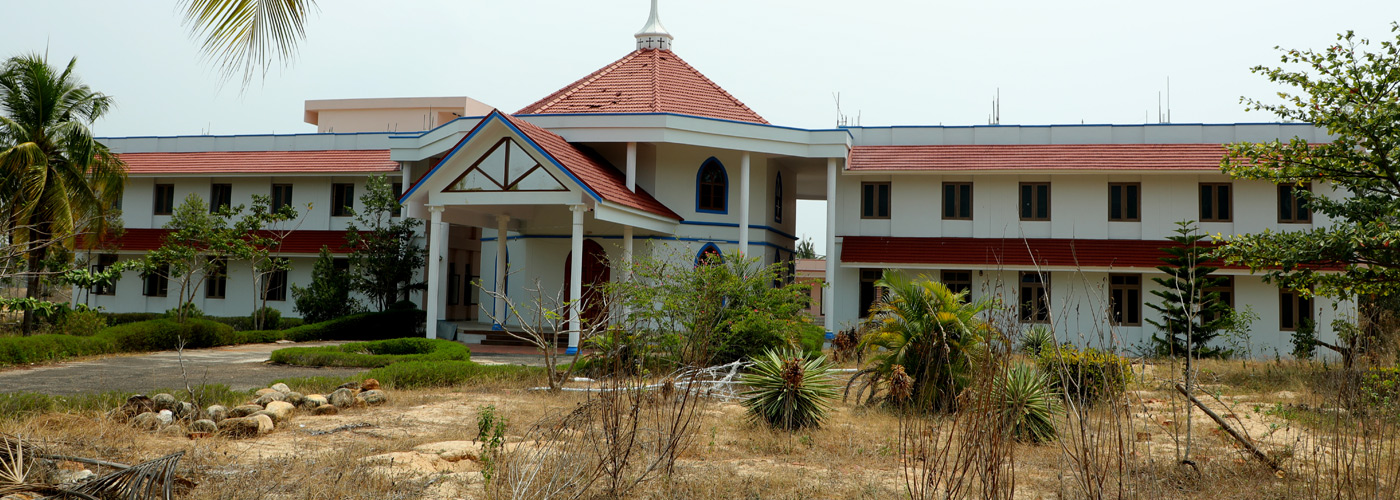

Family : FABACEAE/LEGUMINOSAE (Subfam.: Mimosoideae)
Synonym : Racosperma auriculiforme (Benth.) Pedley
Common Names : Acacia, Darwin Black Wattle, Ear Pod Wattle
Flowering Period : Throughout the year
Distribution : Native of Tropical Australia
Habitat : Grown as avenue tree, also raised in plantations
Uses : A decoction of the root is used to treat aches and pains and sore eyes. An infusion of the bark has been used to treat rheumatism. The bark contains sufficient tannin (13 - 25%) for commercial exploitation. A natural dye, used in the batik textile industry in Indonesia, is also extracted from the bark. The heartwood is light brown to dark red; it is demarcated from the yellow sapwood. The wood is hard, has a high basic density; is fine and straight-grained; often attractively figured; reasonably durable and finishes well. It is excellent for turnery articles, toys, carom coins, chessmen and handicrafts. Also used for furniture, joinery, tool handles, and for construction if trees of suitable girth are available. The wood is extensively used for paper pulp.
Key Characters: Trees, to 15 m high, bark brown, smooth; branchlets terete, glabrous. Phyllodes alternate; stipules lateral; petiole 8-20 mm long, pulvinate, slender, glabrous; lamina 7-20 x 1-5 cm, linear, falcate or falcate-elliptic-falcate, base attenuate, apex subacute or obtuse, margin entire, glabrous, coriaceous; 3-6 parallel ribs from the base, palmate, prominent, intercostae reticulate. Flowers bisexual, yellow, 2.5 mm, in axillary spikes, to 4-8 cm long; calyx 0.5-1 x 0.8-1 mm, campanulate; lobes 5; corolla ca. 2 mm long; lobes 5, 1.5-1.8 mm, lobes lanceolate; stamens many, 3-4 mm long; ovary superior, subsessile, glabrous; styles 3-4 mm long. Fruit a pod, 3-10 x 0.5-1 cm, flat, glabrous, woody and much twisted in irregular coils; seeds black, 0.6 x 0.5 cm, with orange-yellow coloured aril.